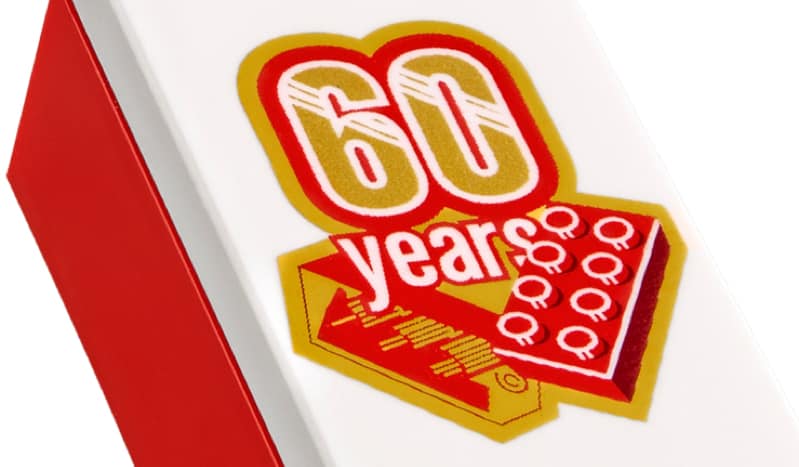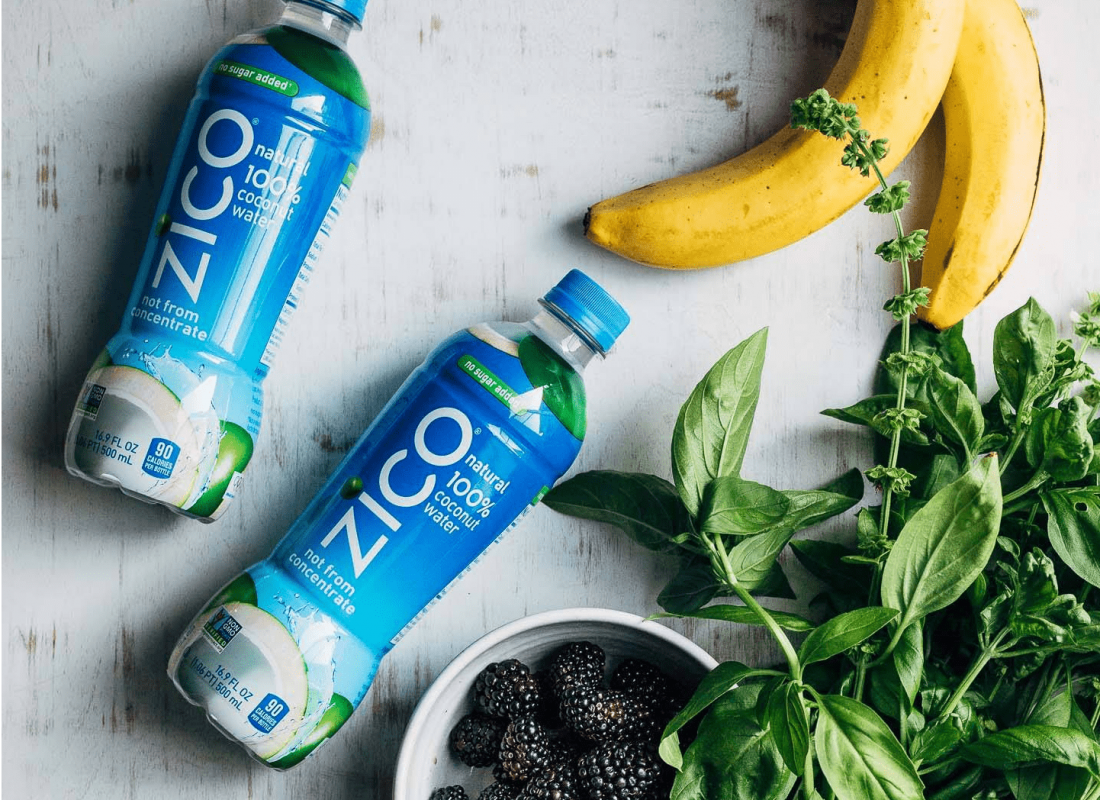Lego celebrates its 60th anniversary being voted as the number one brand in the UK in 2018, followed by giants like Gillette and Apple.
Over 2500 voters awarded Lego for its quality, distinction, and reliability over the years. The toy manufacturer was in the second place in 2017, so it’s safe to say they are beloved among the Superbrands’ consumer list.
The Danish business has built its empire brick by brick (pun intended) since 1949, maintaining its popularity in a world of online games, apps, and smartphones.
What began with an abbreviation of two Danish words (“leg godt” or “play well”) became an iconic brand, with a logo that’s recognizable in every corner of our planet.
The Lego logo started out as a simple, all caps typography that was used for correspondence and paperwork, but not for toys. From there, the brand tried out different alterations of the logo as they started to put out wooden and plastic toys.
The evolution of the Lego brand since 1934

Lego’s first set of builds was released in 1949 under the name Automatic Binding Bricks, but it wasn’t until 1955 that the company decided on a colour scheme and design for their branding. The logo, which resembles a dog bone, was used for all the toys made by the company at the time.
The Lego logo that we all know (and love) was introduced 1973 when the brand started to produce and distribute toys to the US market. The solid red background mixed with the white, playful font and the little hint of yellow is the most well-known version of their brand up to these days, regardless of little changes that have been made to keep it modern.
Since then, the impact of the company is not just limited to toys; there are theme parks, merchandise and even movies related to the Lego universe, looking to reach a younger demographic.
All the different Lego items have made the company transcend their classic yellow bricks to movies and video games. However, their focus is still on tradition, as they keep producing bricks to distribute globally.
According to Lego, a person owns an average of 94 bricks worldwide and their goal is to keep that number rising as they keep paving their very own Yellow Brick Road around the globe.



